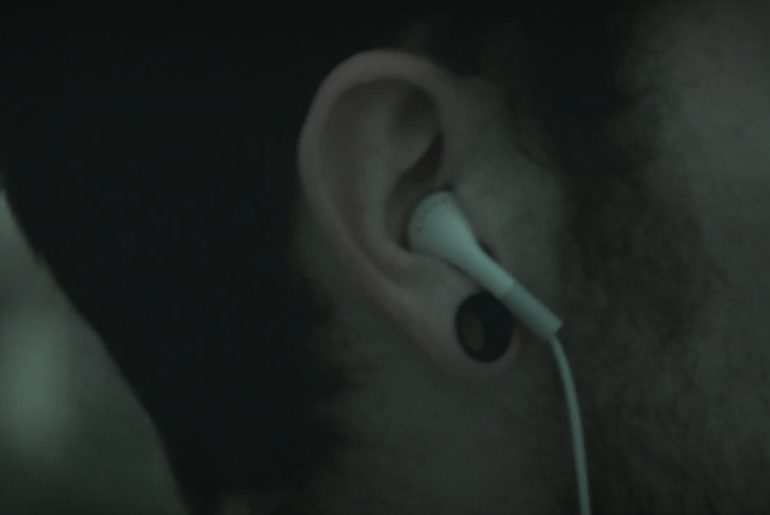James Attlee, author of The Cartographer’s Confession, created for Ambient Literature, the AHRC funded research project investigating the locational and technological future of the book, in conversation with with Emma Whittaker, the project’s producer. EW – What has been your process for writing The Cartographer’s Confession? JA – It has been quite an organic one. I always knew I wanted the app to be set in a real place — London — and I wanted it to have a visceral connection with locations within the city. In part, The Cartographer’s Confession is about London itself, a city I love, but one so vast and unknowable I needed a unifying theme around which to build a coherent narrative. I found it in some photographic prints and negatives that came into my possession quite recently, street scenes taken in London in the late 1940s and early 1950s. They show a low-rise city…
Is There a Function for Nested Media in Ambient Literature?
I’ve been thinking about the ways in which ambient literature could mediate the participant’s relations with their surroundings, in particular, how narrative devices familiar to theatre and radio drama may function within ambient literature. Here, I wish to briefly compare the use of nested recordings, such as phone calls, instant messaging, recorded interviews, voice messages, memos, and vlogging, etc. within situated and “non-context specific” narratives. Emblematic of this device is Samuel Beckett’s play Krapp’s Last Tape (1958) in which the protagonist plays sound recordings made thirty years earlier, recalling memories of his younger self. Radio has repeatedly utilised nested media; in the sci-fi drama Orbit One Zero (Peter Elliott Hayes, BBC Home Service: 1961) each episode is bookended by the scientist’s recorded audio notes revealing an attempted alien invasion. In Clara Glynn’s tightly scripted tale, A World Elsewhere (director David Ian Neville, BBC Radio 4: 2015), the life of Rida,…
Ambient Literature, Voices Inside Your Head?
In the first of Patrick Ness’ truly impressive dystopian YA science fiction trilogy, The Knife of Never Letting Go (2008), published by Walker Books, we meet Todd, a second generation teenage settler on a distant planet. New World’s physical laws, landscapes, and climate largely echo that of Earth. The indigenous people are a species of humanoid aliens, referred to by settlers as the Spackle. However, it is “the Noise,” allegedly caused by a Spackle virus, that makes life on New World remarkable. Affecting male settlers and animals, the Noise makes inner thoughts audible at a range further than the spoken voice. Implications ricochet. A constant din surrounds people living together in towns or villages. Hearing others’ thoughts means that males are “readable;” their inner life is on display, even while asleep. It doesn’t matter what is actually said, when thoughts as words and emotional tones can give you away. Inner…
Suggesting, Imagining & Journeyer’s Guidebook
The Scottish surgeon, James Braid arguably gave hypnosis scientific credibility with the publication of his psychophysical research in 1855 [1]. His terms “neurypnology” and “neuro-hypnotism,” from Hypnos, the Greek god of sleep, aimed to distance the practice from the ‘animal mesmerism’ of Anton Mesmer and subsequent theatrical spectacles [2]. However, hypnosis, as Braid was aware, rather than a being a type of sleep, involves focused attention and suggestion, that can prime the subject for perceiving and imagining. In The Principles of Psychology, William James [3] concludes that hypnotism involves focused attention coupled with the disassociation of background ideas. David Spiegel’s [4] discussion of recent neuroscience research suggests a similar interpretation, defining hypnosis as “. . . a state of highly focused attention coupled with reduced peripheral awareness.” Evidence for the functional brain basis of a distinctive hypnotic “state” is debated, (as is the idea of brain states itself). Hoeft, et…




